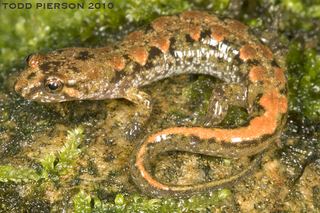Kingdom Animalia Class Amphibia Family Plethodontidae Scientific name Desmognathus ocoee | Phylum Chordata Order Caudata Genus Desmognathus Rank Species | |
 | ||
Similar Blackbelly salamander, Desmognathus, Imitator salamander, Seal salamander, Blue Ridge two‑lined salamander | ||
The Ocoee salamander (Desmognathus ocoee) is a species of salamander in the family Plethodontidae. Its natural habitats are temperate forests, rivers, intermittent rivers, freshwater springs and wet rocks in mountainous areas of the Southeastern United States. It was first described by J. C. Nicholls in 1949.
Contents
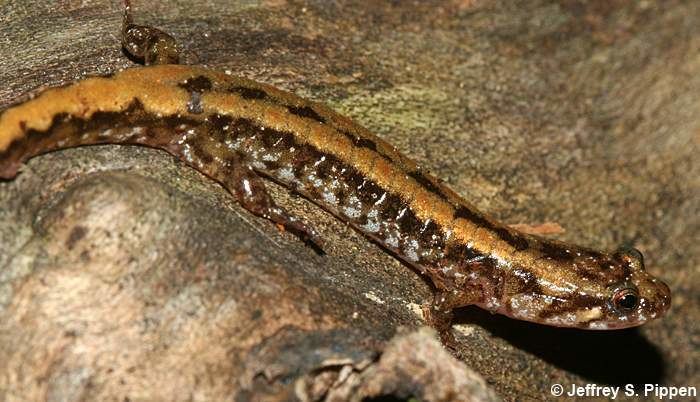
Distribution and habitat
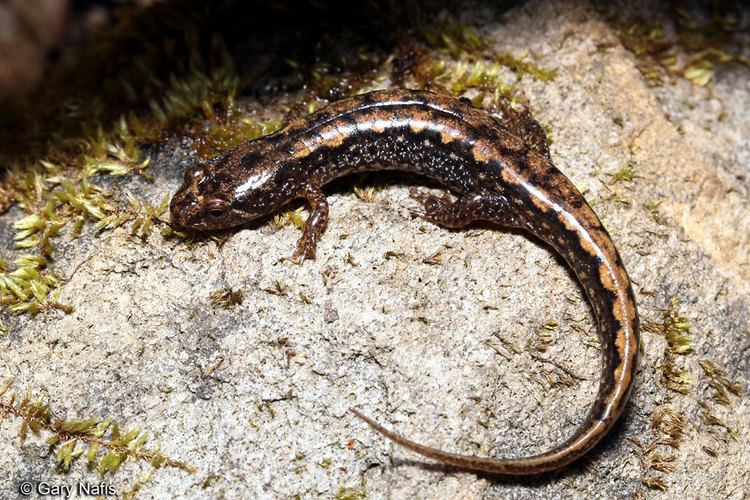
The Ocoee salamander is found in two separate populations. The more numerous is in the Blue Ridge Mountains and at lower levels in the gorges of the rivers Hiwassee, Ocoee, Tugaloo and Tallulah. The less numerous population is in the Appalachian Plateau in northeastern Alabama. It is found over a greater range of altitudes than other members of the genus Desmognathus. At lower levels it is an aquatic species but at higher altitudes it is mostly terrestrial. It is found close to fast flowing mountain streams, in seepage areas, on moist forest floors and on wet rocks. In cove valleys in the Appalachian Mountains it prefers hardwood forests with trees that are more than eighty-five years old.
Biology
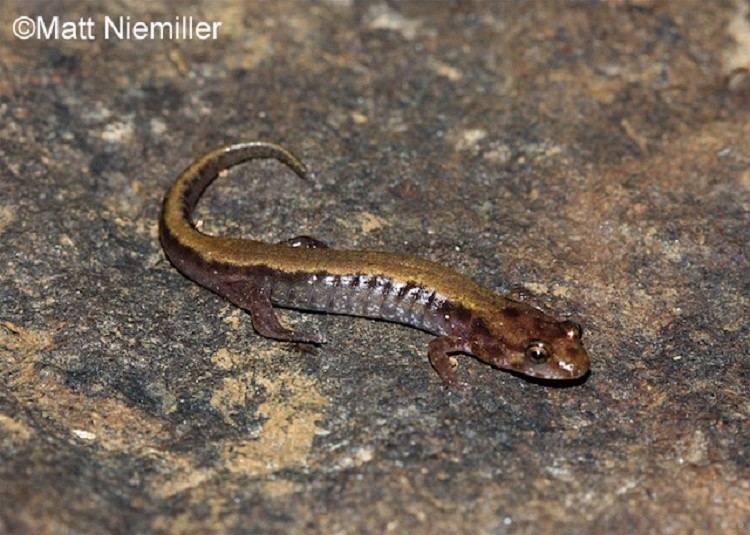
The Ocoee salamander maintains a small territory when on land which it defends against other members of its species. It feeds on insects and other small invertebrates and is itself preyed on by birds and snakes. When approached by a predator it may remain immobile or may flee and is prone to autotomize its tail. When attacked by a snake it may writhe about and bite it on the head.
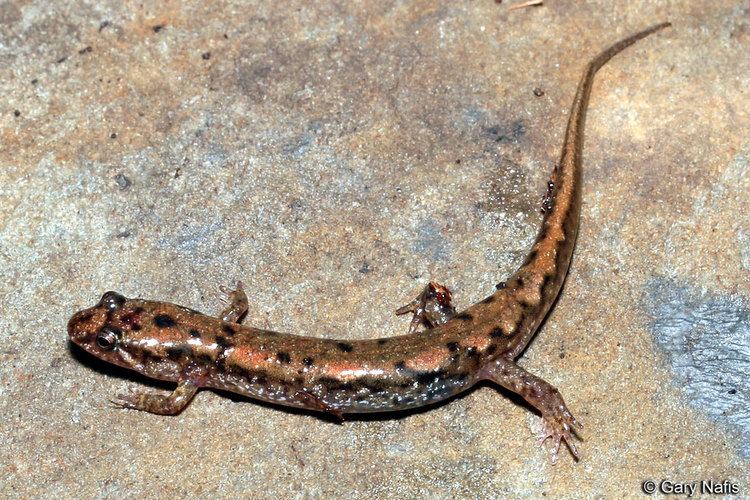
Breeding takes place in the summer. The female lays a clutch of about fifteen eggs in a damp crevice, under a rock or rotten log or among wet moss or leaf litter. She broods the eggs for one or two months after which the newly hatched larvae make their way to a stream, a seepage or rocks over which water is flowing. They feed on small aquatic invertebrates and undergo metamorphosis the following spring or summer. In the winter, adult and juvenile salamanders may occupy underground refuges.
Status
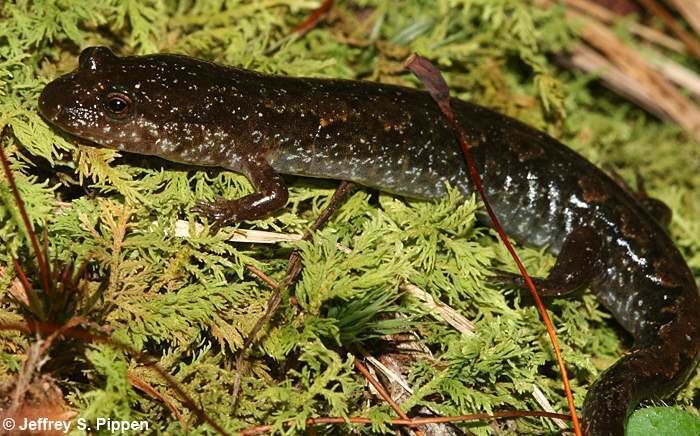
The Ocoee salamander is one of the commonest salamanders in the southern Appalachian Mountains. It is believed to have a large and stable population and much of its range lies in state parks or other protected areas. It faces few threats and is listed as being of "Least Concern" in the IUCN Red List of Threatened Species.
